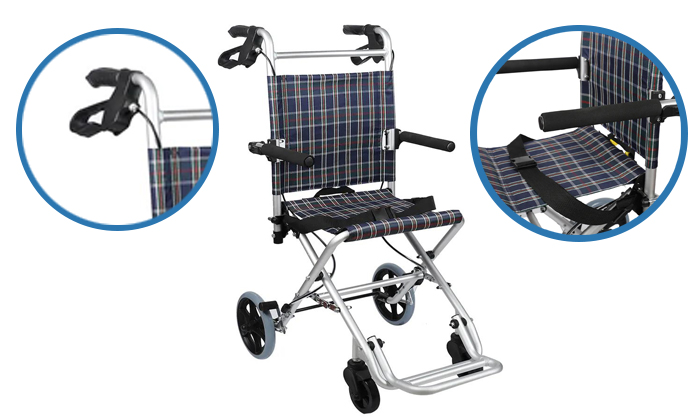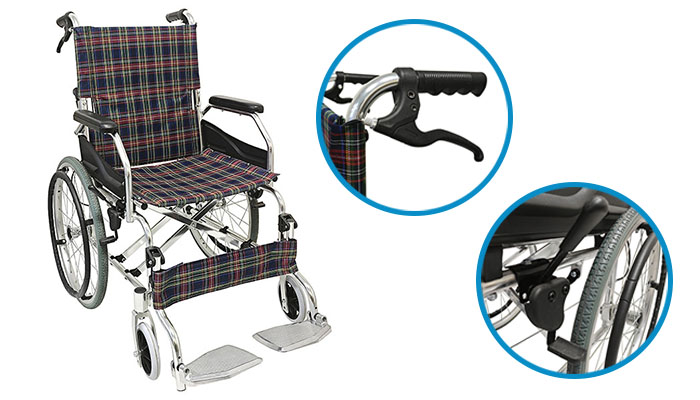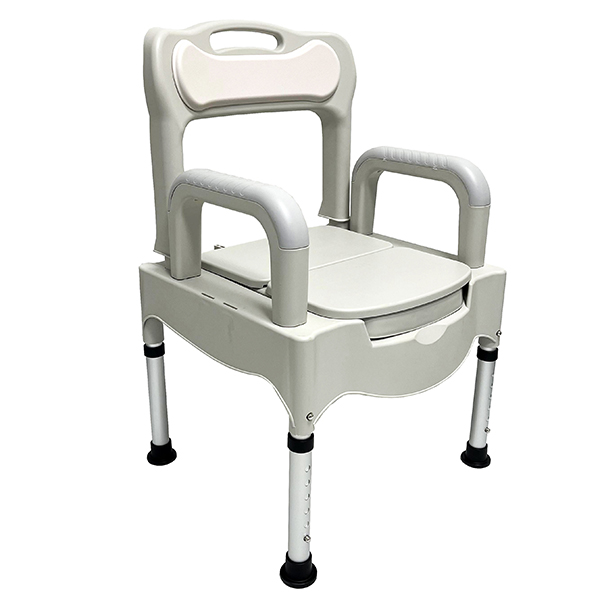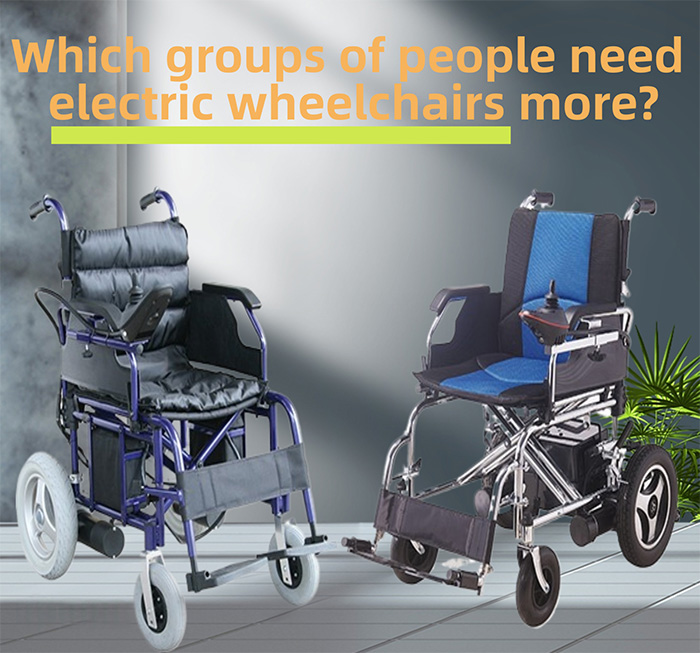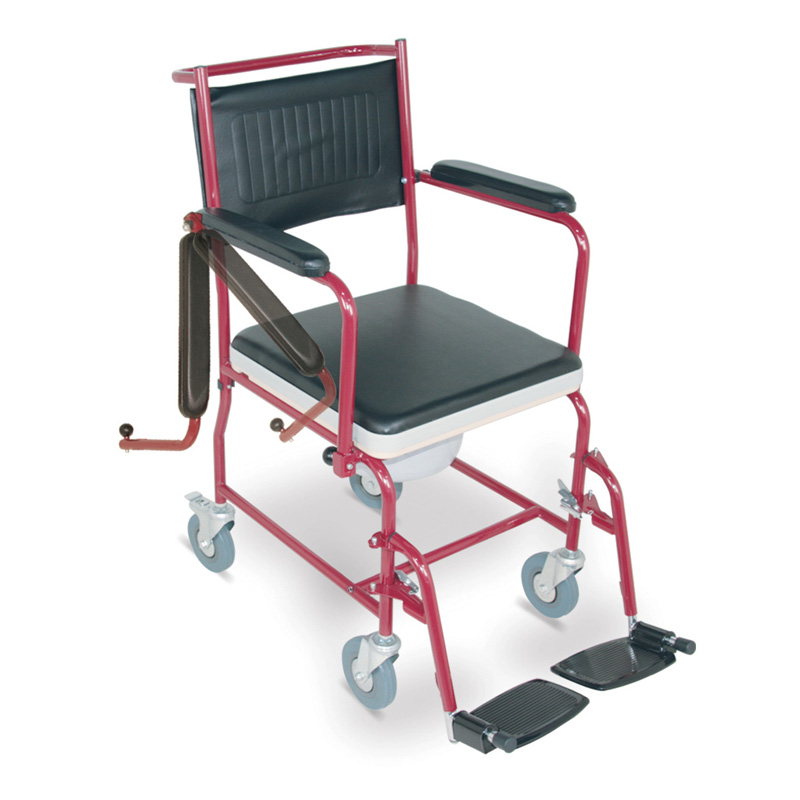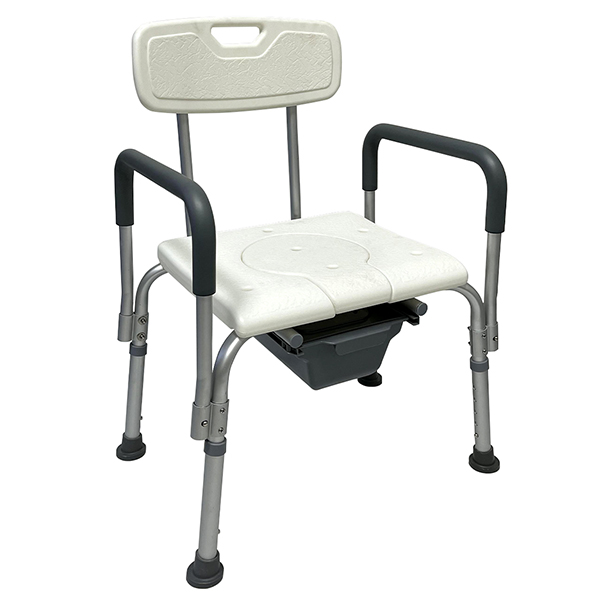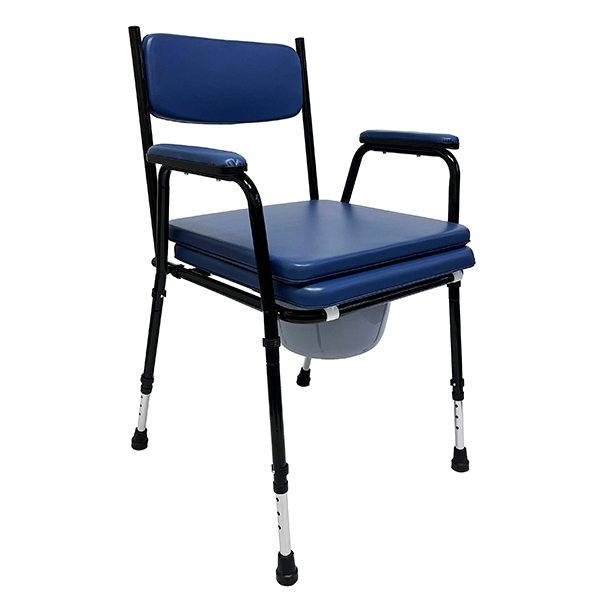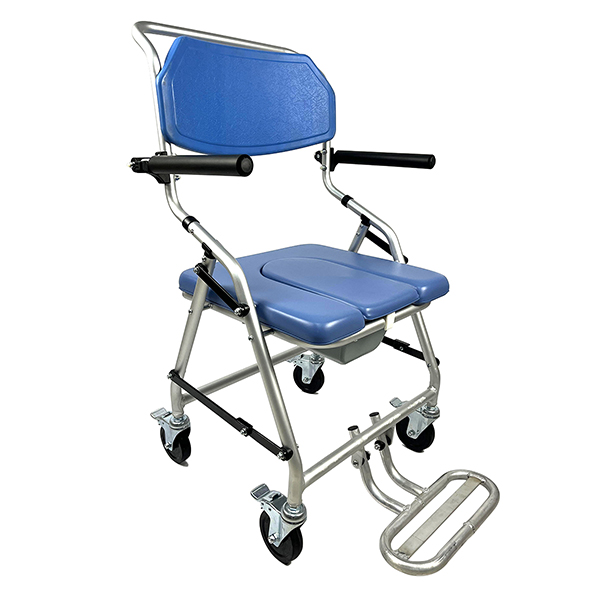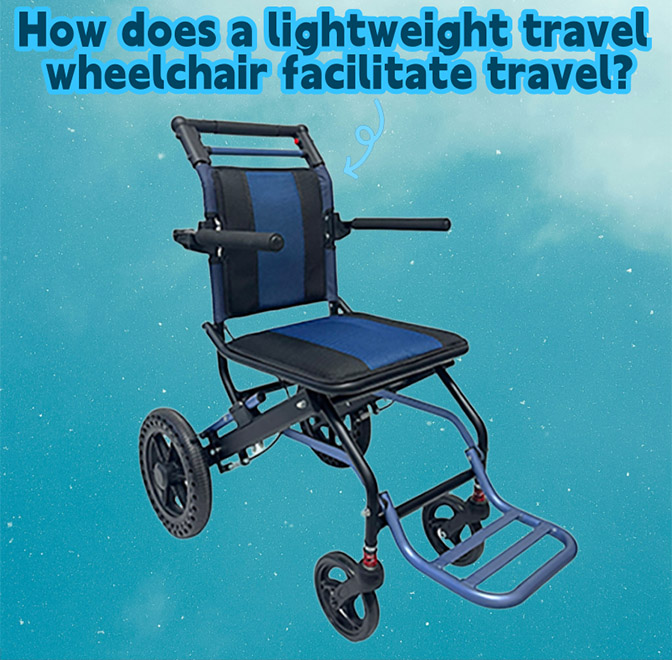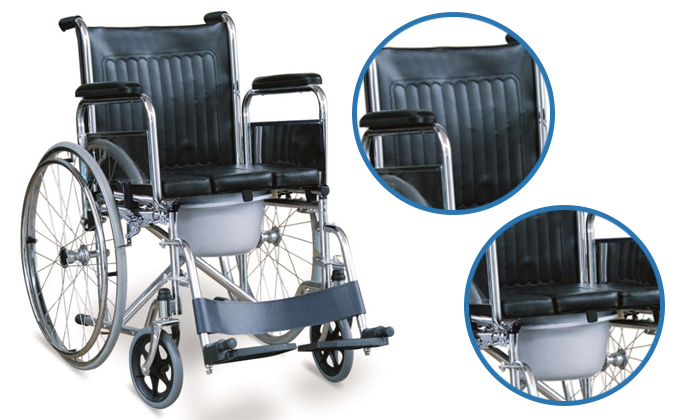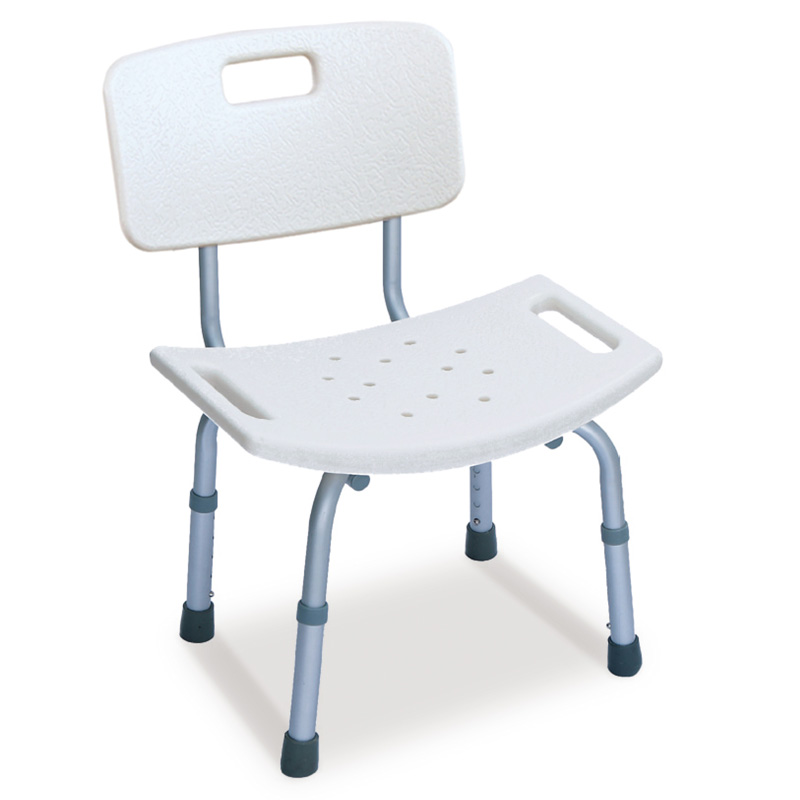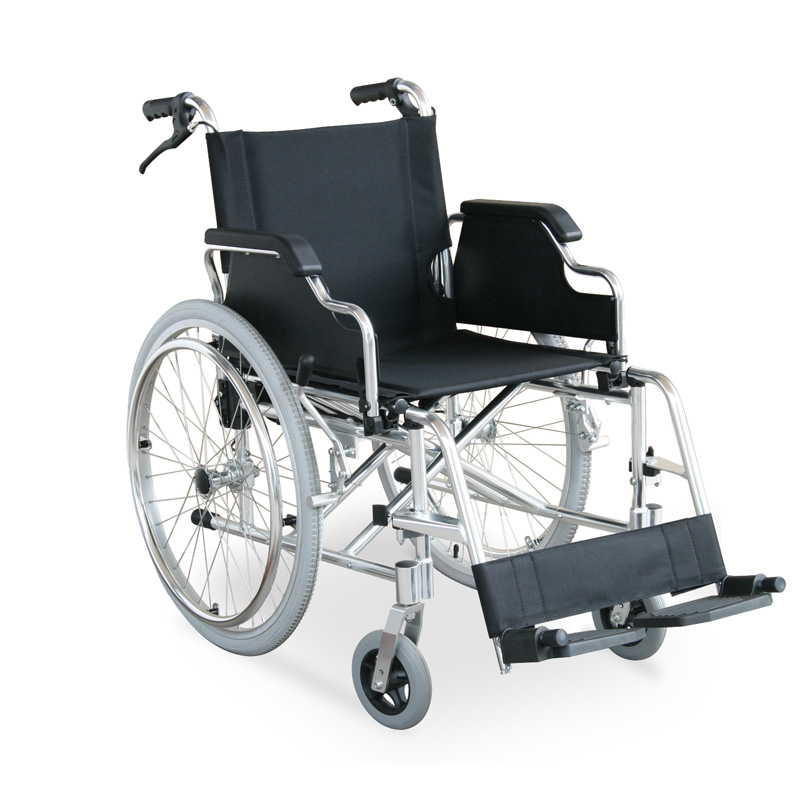"How to Use the Safety Features of Manual Wheelchairs: Brakes and Locks"
"How to Use the Safety Features of Manual Wheelchairs: Brakes and Locks"
Manual wheelchair are an important mobility aid that brings independence and freedom to people. However, safety is always the top priority. Only by correctly mastering the operation of brakes and locks on manual wheelchairs can the use process be safe and reliable. Whether using a standard or lightweight manual wheelchair, being familiar with these features is crucial to the user's comfort and confidence.
1. Types and Features of Manual Wheelchair
Manual wheelchair come in many types, each with unique safety features. Transport wheelchairs are lightweight and portable, suitable for short trips or occasional pushes by others; standard wheelchair are the most common, with large rear wheels that can be self-propelled, which can meet daily use; lightweight wheelchairs are easier to lift and control, which is convenient for users who often switch between chairs, cars or beds; ultralight wheelchairs are extremely lightweight and highly customizable, suitable for active users; reclining and tilting wheelchairs can adjust their posture, which can give users with specific diseases additional comfort and positioning options.
2. Use of brakes
Wheelchair brakes prevent wheels from moving, playing a key role in protecting users, such as when entering and exiting the wheelchair and when they need to stay still for a long time. There are various types of brakes. The push-lock brake locks the wheel by pressing the brake lever; the pull-lock brake locks the wheel by pulling the brake lever upward; the companion brake is located on the push handle at the rear of the wheelchair, which is convenient for the companion or caregiver to operate; for users who have difficulty reaching the standard brake lever, a wheel lock extension handle can also be added.
When using the brake, the brake must be operated when getting on and off the wheelchair, especially on an inclined or uneven surface, and make sure the brake is fully engaged. Always apply the brake before transferring, and ensure that the brake is in good working condition. Check and test its operation regularly.
3. Use of locks
Although the locks of lightweight manual wheelchairs are more compact, they are equally effective in fixing the wheels. Just push or pull the lever and hear a "click" to confirm that the wheel is fixed in place. Lock before any transfer to prevent movement. Combining the lock with the brake can achieve the greatest degree of safety, and check the lock regularly for wear.
4. Regular safety inspections and common problem solving
It is essential to conduct regular safety inspections of wheelchairs, check the brakes for loose or worn parts, and test whether the locks can firmly fix the wheels. If there is resistance on the brake or the lock is difficult to engage, try tightening the loose bolts on the brake, cleaning and lubricating the lock. If the problem is serious, seek professional help.
In short, safety is paramount when operating a manual wheelchair. Understanding and skillfully using the functions of the brakes and locks, doing routine safety checks and practicing more on different terrains can allow users to have a safe and stable experience.
-
![Portable Shower Chair Commode Chair]()
Portable Shower Chair Commode Chair
The portable household toilet chair is very useful. When the elderly have difficulty in moving, placing a bedside commode chair in the bedroom can avoid frequent trips to the bathroom.Patients stay in bed after surgery, and a bedside commode chair can reduce the burden of getting up.
-
![Which groups of people need electric wheelchairs more?]()
Which groups of people need electric wheelchairs more?
For the elderly, aluminum electric wheelchair are effortless to push, making grocery shopping and strolling a breeze. For those undergoing surgery, aluminum electric wheelchair can reduce the load on their lower limbs and aid recovery. For those with lower limb disabilities, steel electric wheelchair allow them to travel independently.The steel electric wheelchair offer numerous conveniences. The steel electric wheelchair play a vital role, helping those with mobility impairments reduce their dependence on others. The portable folding electric wheelchairtruly add confidence and freedom to life.
-
![JIANLIAN HOMECARE PRODUCTS CO., LTD participated in MEDICA Germany 2024]()
JIANLIAN HOMECARE PRODUCTS CO., LTD participated in MEDICA Germany 2024
Jianlian Home Furnishings will attend the MEDICA exhibition held at the Düsseldorf Exhibition Center from November 11 to 14, 2024, booth 16, C54-8. MEDICA is a top medical event with thousands of exhibitors, elites from all walks of life and rich programs. Welcome to visit.
-
![Manual Wheelchair With Toilet Commode For Elderly]()
Manual Wheelchair With Toilet Commode For Elderly
Get the latest price? We will reply as soon as possible (within 12 hours)

